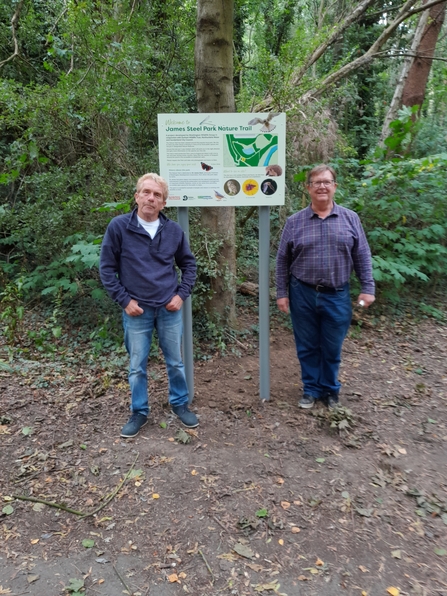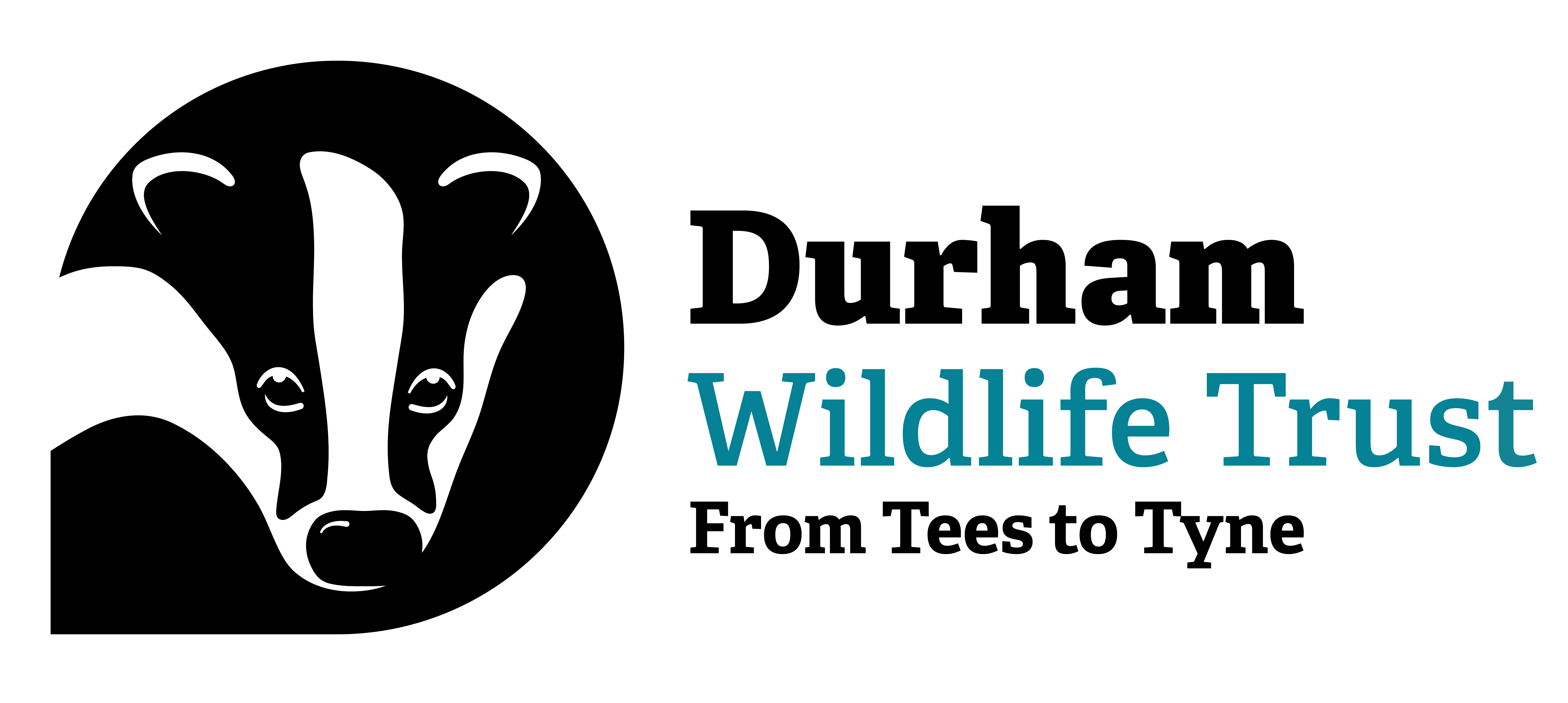Members of Washington Wildlife Group recently celebrated completion of a new nature trail that they have created at James Steel Park. Germination of the idea came through Durham Wildlife Trust’s Nextdoor Nature project, which supported local communities to help nature flourish in areas where they live and work. Nextdoor Nature helped the Wildlife Group to secure funding from Northumbrian Water’s Bluespaces programme, which promotes improvements to areas of publicly accessible water environment – in this case the land around Pattinson South Pond (also known as Corgi Pond), a small wetland that forms the central focus of James Steel Park.
Signs of success at James Steel Park

The Group also got the park’s landowner, Sunderland City Council, on board. Council officers were fully supportive of the volunteers’ efforts to enhance the experiences of visitors to the park, who will now benefit from a new waymarked, informative circular trail. The trail as a whole is described on a large interpretation panel at the park entrance and visitors can learn about the sorts of wildlife they might see at various points around the park from strategically positioned waymarkers. The Wildlife Group have cleared vegetation from the section of path that runs beside the pond, making it far easier to navigate, while the Council have created a series of cut paths through the rough grassland areas, allowing people to enjoy a magical mystery tour of these wilder parts of the site. Group members have also put up nest boxes to attract a variety of nesting birds, and will also be putting up bat roosting boxes – a valuable addition to the park which is now known to be an important site for feeding bats.
Washington Wildlife Group have been recording what wildlife there is on the site for many years now, with the data they have collected showing the diversity of plants, insects and birds that the site supports. They’ll continue with that recording effort going forwards, submitting all their records to the North East Environmental Records Centre, and ensuring that the value of James Steel Park, and other urban green areas that they monitor, is recognised and protected. Meanwhile, visitors to James Steel Park can now appreciate an easily accessed and clearly waymarked route, learning about some of the wildlife they can see as they follow it. Although the funding partners should be acknowledged, the biggest thanks must go to the dedication and hard work of the Wildlife Group members, who all contribute their time for free and because they are passionate about protecting our wildlife.


